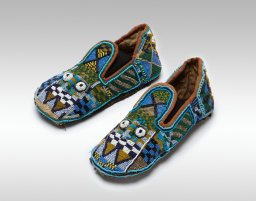
Evidence of bead manufacture among the Yoruba dates as far as the 11th Century AD. Scientific evidence exists indicating that blue- green glass beads made in Ile-Ife were being traded outside the Yoruba area long before the era of European contact.
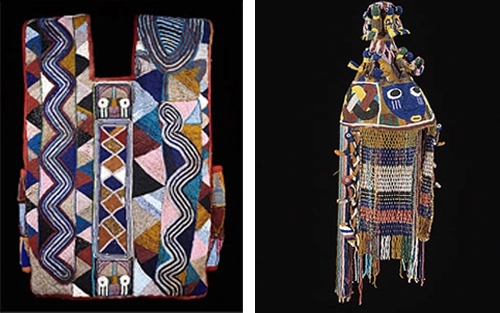
- They used powdered-glass to make beads from finely ground blue, green, and red glass
- They polished beads into shape from broken glass
- They drew beads from heated dark greenish and medium blue glass. This method was considered the most sophisticated and the beads createed differ from the European traded ones found at most sites in West Africa because of their unusual length, method of production and other attributes.
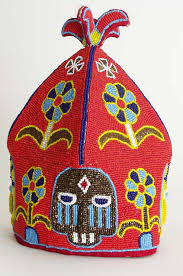
The Yoruba generally refer to all red beads as iyùn, and all blue beads as sègì.
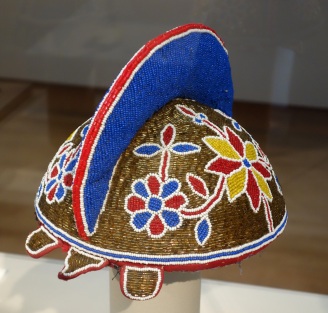
As well as the visual and decorative power, the Yoruba people attributed spiritual power and religious meaning to beads. With this intense faith in beads, Yoruba have made waist beads for fertility, beauty, seduction, necklaces bracelets and many other objects central to daily and religious life using seeds, husks, mollusc shells, cowrie shells, indigenous brass beads as well as indigenous and imported glass beads . Beads denoted faith, and social and religious rank. In the main, glass beads were for the use of kings and the royal priesthood, and adorned spiritual objects.
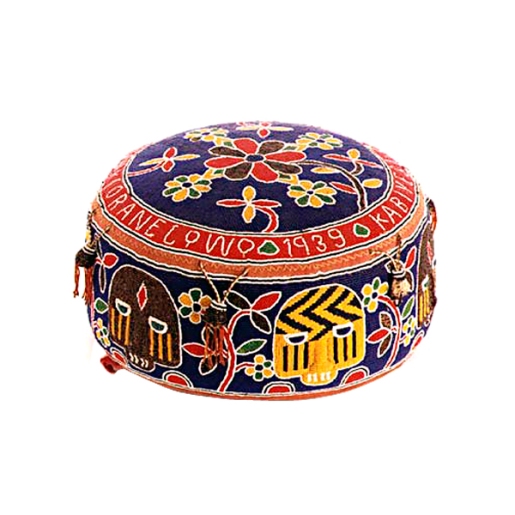
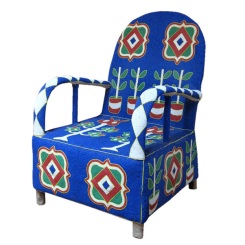
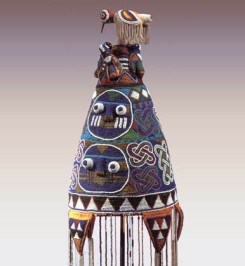
In this photo below, the newly crowned Oonirisa carries a traditional staff of office “Opa Ase”. The Opa Ase is covered in thousands of intricately patterned colourful glass beads. Clearly, beads are an integral part of Yoruba royal heirlooms now as they were centuries ago when they, and human beings were being traded in Africa.
Written by Adeyinka Bashorun
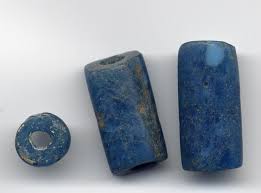
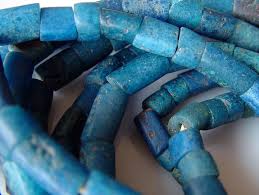
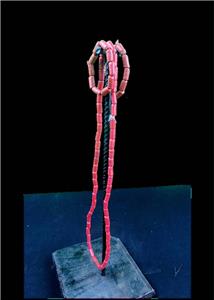



No comments:
Post a Comment